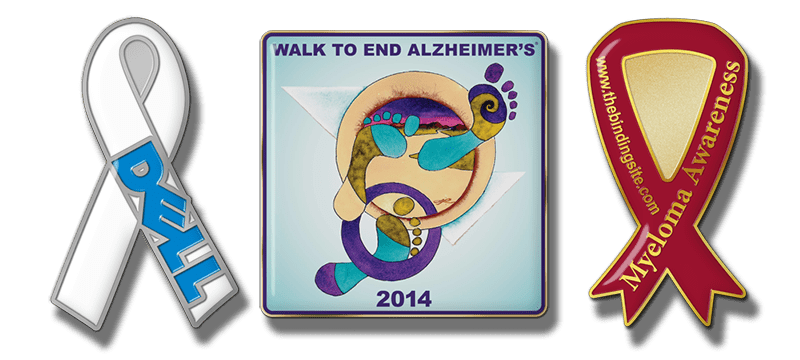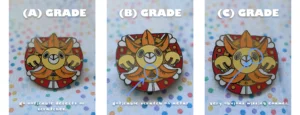Let’s get straight to the point: yes, lapel pins are absolutely still in style.
If you’ve been in the enamel pin game for a while—whether you’re a designer, seller, or just paying attention to the market—you might be wondering the same thing a lot of people are:
“Everyone’s making these giant, flashy pins now. Are lapel pins… over?”
I get where that question comes from. Scroll through social media these days and you’ll see tons of pins with glitter, moving parts, and massive sizes that you’d never actually wear on a lapel. It’s natural to think maybe people have moved on from the classic lapel pin in favor of something more eye-catching.
But here’s the thing: lapel pins aren’t going anywhere. In fact, they’re still going strong—and I’ll show you why.

The Market’s Not Shrinking—It’s Growing
Let’s take a look at what’s really happening in the pin world:
According to Verified Market Reports, the global specialty pins market was valued at approximately $1.3 billion in 2023 and is projected to reach $2.1 billion by 2032, growing at a compound annual growth rate (CAGR) of 5.5%. (data source)
That kind of growth doesn’t happen in a dying market.
And this isn’t just driven by collectors or niche communities.
Interestingly, younger generations are contributing to this resurgence. The New York Post reports that Gen Z is embracing vintage accessories like brooches and lapel pins, integrating them into contemporary fashion. This trend is evident across social media platforms, where users showcase creative ways to style these classic pieces. (data source)
At the same time, more and more factories—both OEM and original manufacturers—are popping up and joining the competition. That means more innovation, better pricing, and a flood of new effects hitting the scene.
Things that used to be considered “high-end” or “experimental” are now common and affordable:
- UV printing with detailed, vibrant results
- Rotating pins, hinge designs, and spring-loaded effects
- Cat-eye effect, layered designs, and even quicksand pins

All of these special effects add character to the pin world—but notice something: they’re all being applied to lapel-sized pins too.
So no, complexity doesn’t mean bigger—it just means smarter, more wearable design.
Some Situations Need Lapel Pins—Nothing Else Works
Here’s where things get really practical. Even if some people are into patches or larger collectibles, there are still scenarios where only a lapel pin will do:
- Charity events: Think of awareness pins for causes like breast cancer or autism. They’re small, meaningful, and easily shared at fundraising booths or donation drives.
- Clubs and schools: Student groups, sports teams, and local clubs use lapel pins as symbols of unity. Whether it’s a music club badge or a graduation pin, they help members feel connected and proud to be part of something.
- Corporate use: Businesses use lapel pins for employee recognition, branding, and events. Pins for years of service, team milestones, or company values make a lasting impression—and add a professional, polished look at trade shows and conferences.

You might have noticed that more uniforms today—especially for firefighters or police—come with embroidered patches. That’s true. In fact, the keyword “patches” gets around 33K searches per month in the U.S. alone.
But here’s the key difference: patches aren’t as convenient as lapel pins. They require ironing or sewing to attach. Lapel pins? You just push the pin through fabric, pop on the back, and you’re done. Plus, you can take it off and reuse it anywhere.
A Bit of History (Because It’s Pretty Cool)
Lapel pins have been around for a long time. According to Wikipedia, they began as simple boutonnières in the 18th century—real flowers worn on a jacket. Over the centuries, they evolved into enamel pins used to show support, commemorate events, or signal membership.
Fast forward to today, and lapel pins are still doing the same things—just with better materials, more options, and a lot more personality.
So… Should You Still Be Making Lapel Pins?
Absolutely.
The lapel pin isn’t just some old-school trend that’s fading out. It’s evolved with the times, kept its practical value, and even gained new fans in younger generations. And thanks to all the new techniques and tech, you’ve got more ways than ever to create something people genuinely love.
If you’re thinking about launching your next pin design—or need a reliable factory to help bring your ideas to life—we’re here for that. We’ve helped creators, brands, and communities make lapel pins that stand out and stick around.





